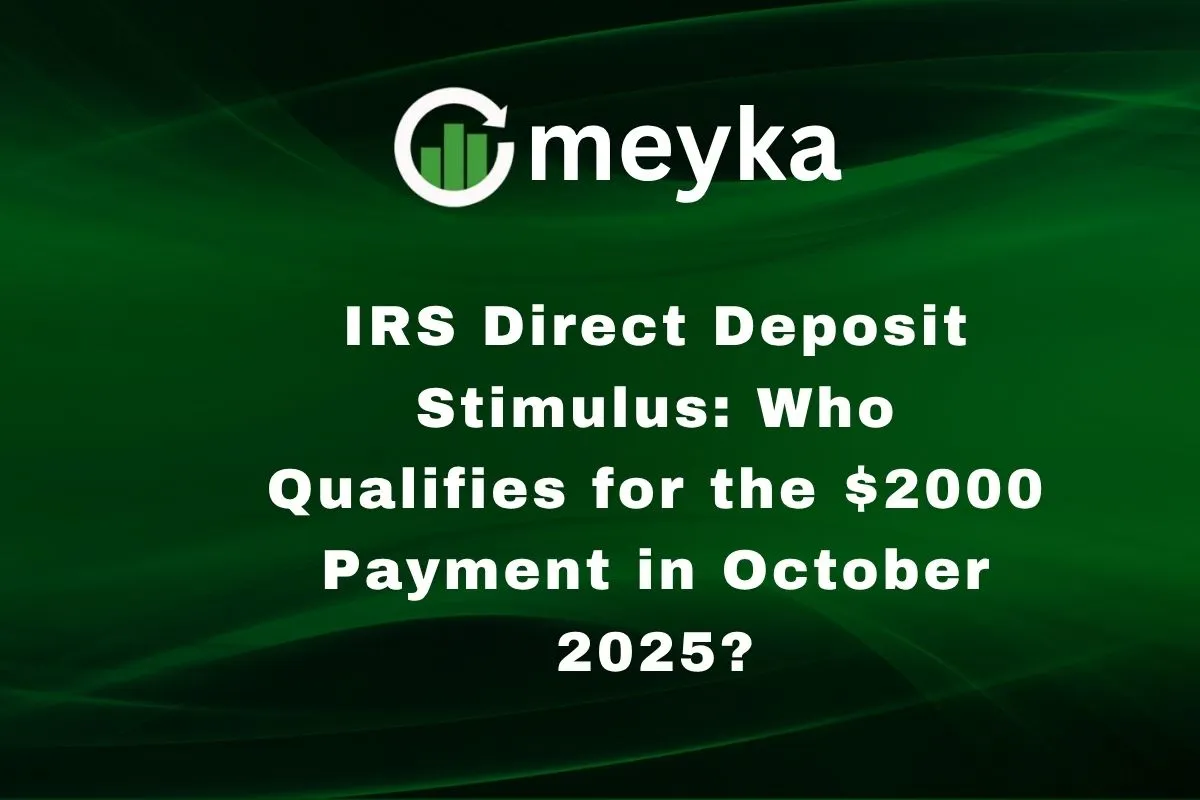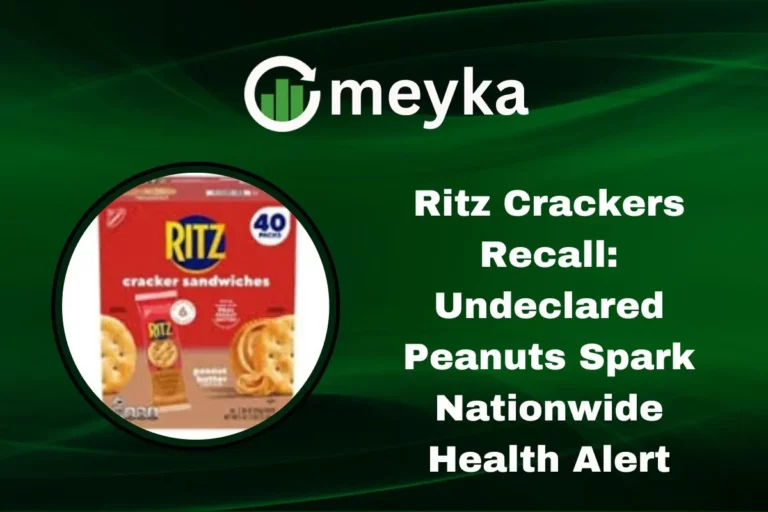IRS Direct Deposit Stimulus: Who Qualifies for the $2000 Payment in October 2025?
Rumors have been swirling that the IRS will issue a $2,000 direct deposit stimulus in October 2025. Many people hope it’s true, especially those struggling with rising costs. But as of now, no official confirmation exists from Congress or the IRS. We’ll explore what we do know: what such a payment would require, how a direct deposit system might work, and how to guard against misinformation. Our goal is not to hype rumors, but to provide clear, useful insight grounded in fact.
What Is the October 2025 IRS Direct Deposit Stimulus?
The idea behind an IRS direct deposit stimulus is simple: send money to eligible taxpayers automatically. Proponents of the $2,000 claim say it would act as a relief measure in response to economic challenges. But here’s the key: currently, there is no law or IRS program that authorizes a $2,000 deposit in October 2025.
Many of the rumors stem from political proposals or misinformation online. Some refer to the American Worker Rebate Act of 2025, which has been floated in Congress, but it hasn’t passed into law. Thus, while this article uses “stimulus” and “payment” language, readers should treat the $2,000 scenario as speculative until confirmed by official sources.
Eligibility Criteria for the $2,000 Payment (Hypothetical)
If the $2,000 direct deposit were to become real, how might the IRS decide who qualifies? Based on past stimulus efforts and current proposals, these are probable criteria:
- Income thresholds: For single filers, eligibility might end around $75,000 in adjusted gross income; for married couples filing jointly, perhaps $150,000 or so. Some rumors mirror these figures.
- Age requirements: You might need to be at least 18 years old or older to qualify fully.
- Citizenship or lawful residency: U.S. citizens or certain resident aliens would likely be included.
- Tax filing status: You’d likely need to have filed 2024 tax returns (or the most recent year) to be eligible.
Again: these are conjectures, based on patterns from previous stimulus programs.
Special Groups That May Qualify
If this payment went ahead, certain groups might especially benefit or be prioritized:
- Social Security recipients (SSI, SSDI, veteran benefits), if their incomes fall below thresholds.
- Low-income households with limited earnings.
- Unemployed individuals or those working part-time.
- Families with dependents, where additional credits may apply.
These groups often show up in relief discussions because they tend to have fewer financial buffers.
How Direct Deposit Payments Would Likely Be Issued
If the IRS ever approves a $2,000 stimulus, direct deposit is the most efficient method:
- Bank account records: The IRS would use the bank info already on file from prior tax returns.
- Automatic delivery: For those with valid direct deposit details, payment would land automatically.
- Fallback options: If someone doesn’t have direct deposit info, they might get a paper check or prepaid debit card.
- No extra application: In prior stimulus programs, taxpayers did not need to apply separately.
However, any such proposal would need clear rules for who has to update their info and for whom.
Payment Timeline for October 2025
While the $2,000 stimulus remains unconfirmed, rumor sites suggest a possible payment window around October 16–25 for banks, with paper checks flowing later into November. But those dates are speculative. The IRS and Treasury would have to publish an official schedule, which they haven’t yet. Until then, the timeline remains uncertain.
Required Documents or Actions to Qualify
Again, this is hypothetical, but to be ready, these steps might become important:
- File your 2024 tax return (or most recent year) promptly.
- Ensure your bank account and routing number are accurate with the IRS.
- Claim dependents correctly, using valid Social Security Numbers or ITINs.
- Non-filers (those who don’t normally file taxes) might need to take special action, as was the case with earlier stimulus rounds.
By preparing this information ahead of time, eligible people would stand a better chance of receiving funds quickly if the payment is approved.
Potential Changes or Updates to the Stimulus
Because no $2,000 stimulus is yet approved, the situation remains fluid:
- Legislation pending: Bills like the American Worker Rebate Act are proposed, but not passed.
- State-level additions: Some states might offer their own relief payments, separate from IRS stimulus plans.
- IRS and Treasury announcements: Watch for official bulletins; these would be the only reliable sources.
Always cross-check rumors with IRS.gov or other federal sources. That’s where official updates will appear.
Conclusion
As of October 2025, the idea of a $2,000 IRS direct deposit stimulus remains speculative. No law or IRS announcement backs it. But we can still use this moment to think ahead: file taxes on time, keep banking info current, and remain alert to reliable updates. If a payment program ever does get approved, those who are prepared will benefit most.
Stay safe online, beware of scams claiming early payments, and always look for trustworthy confirmation before acting.
Disclaimer:
This content is for informational purposes only and is not financial advice. Always conduct your research.






